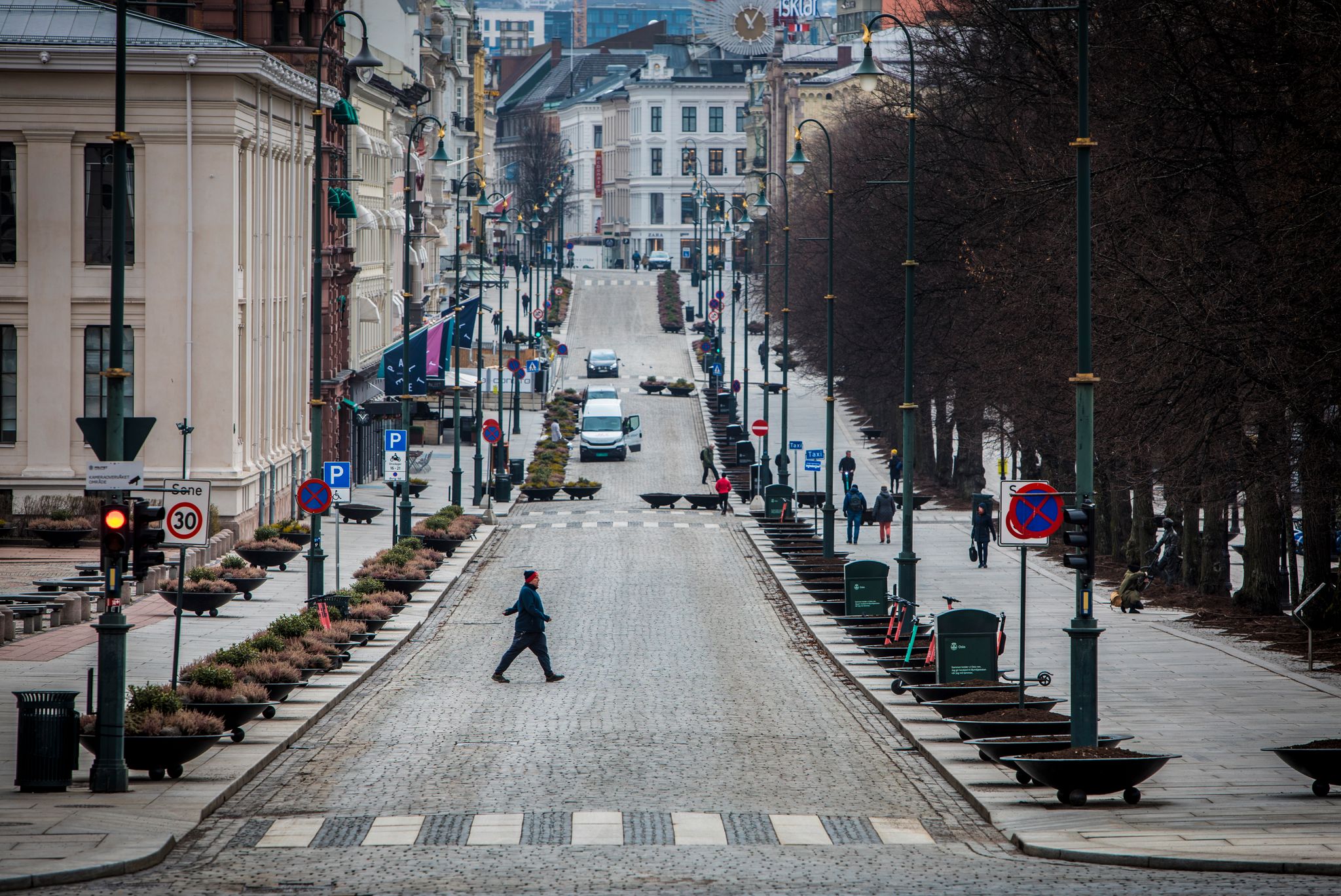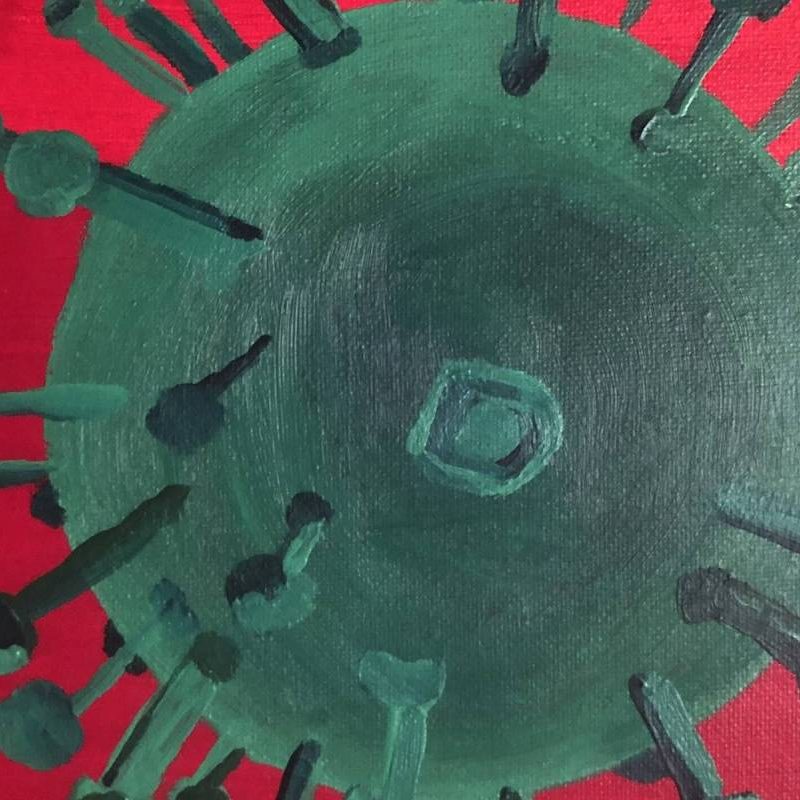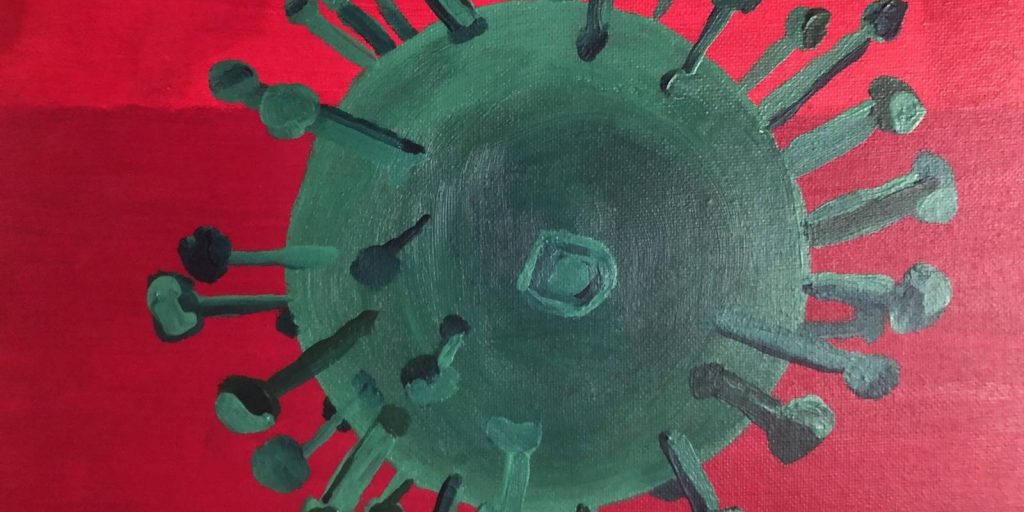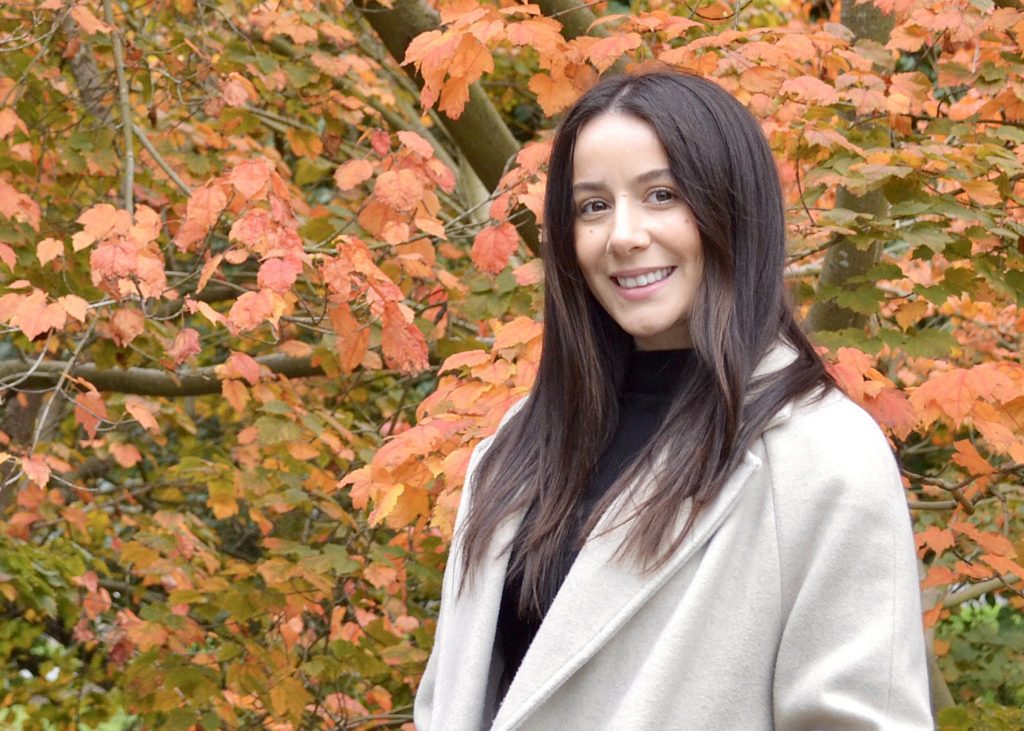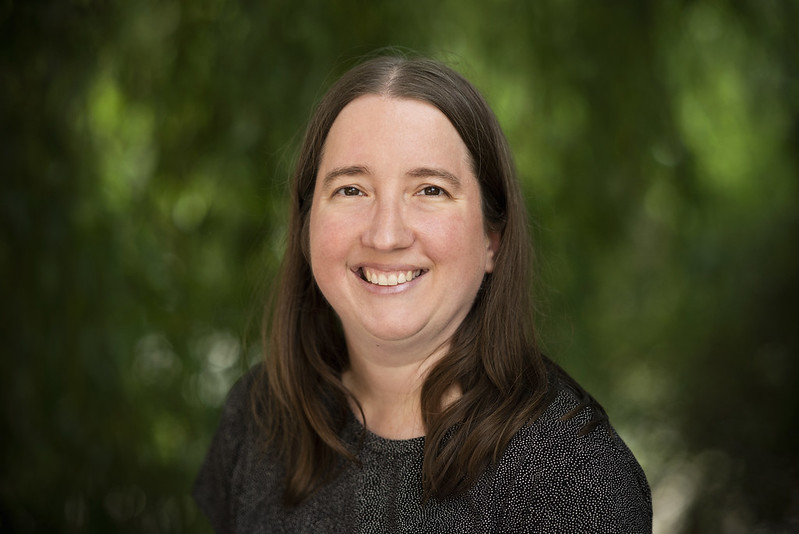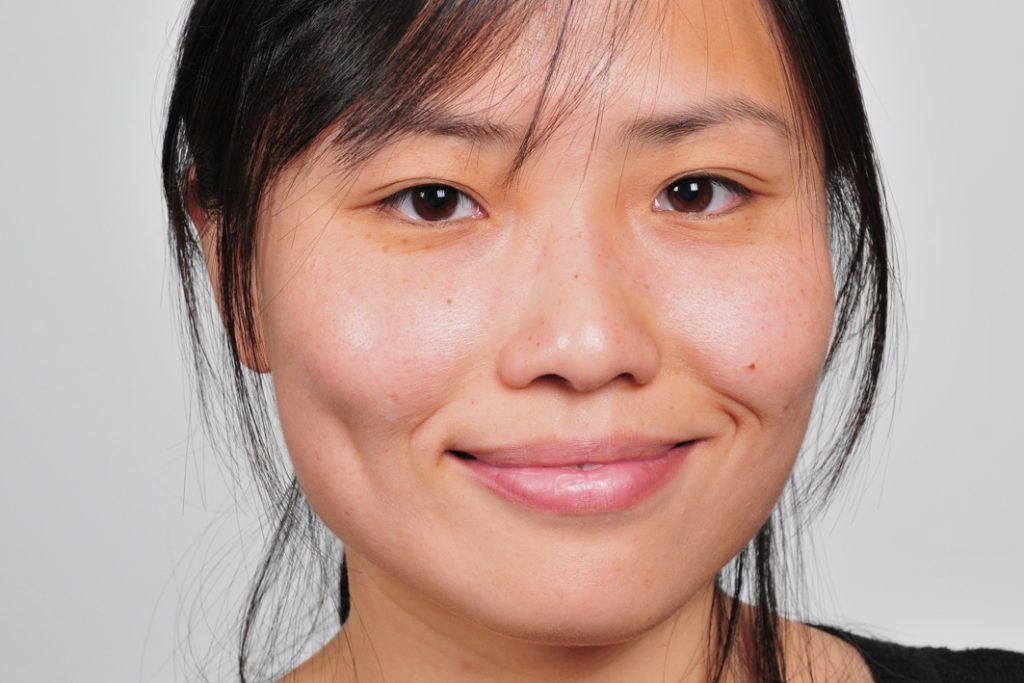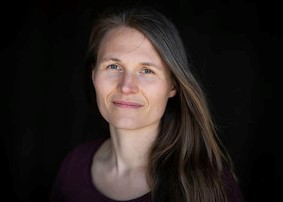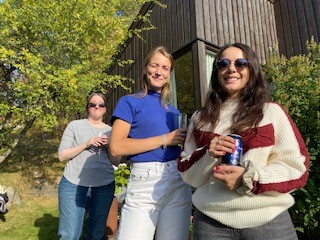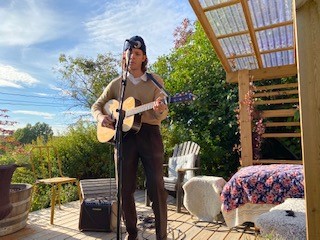Have you missed any of our recent Pandemics & Society Seminars? You can view recordings of all of our seminars since Spring 2021 below.
By series:
Spring 2021
Fall 2021
Spring 2022
Fall 2022
Spring 2023
Fall 2023
Spring 2024
Fall 2024
Spring 2021
March 18: Siddharth Chandra, Michigan State University, USA: “Demographic impacts of the 1918 influenza pandemic.”
Part 1 https://drive.google.com/file/d/1zGeicnUvdoal34NnqXzmEW3iVqc2986S/view?usp=sharing
Part 2 : https://drive.google.com/file/d/1gjEg9_RmzkII9CrYOlgnydZDY1JUSrPw/view?usp=sharing
March 25: Lone Simonsen, Roskilde University, Denmark: “The First Year of the COVID-19 pandemic.”
https://drive.google.com/file/d/1IYI5u69u_UcUQKTqDfXU4g3vd5MwxfYr/view?usp=sharing
April 15: Rick J. Mourits, International Institute for Social History, Amsterdam, the Netherlands: “Occupational characteristics and spatial inequalities in mortality during 1918-9 influenza pandemic in the Netherlands.”
https://drive.google.com/file/d/1kaS6-ZPXIUD3gE6tVqPyzv-9jt34e-pX/view?usp=sharing
April 22: Lisa Sattenspiel, University of Missouri, USA: “Comparing COVID-19 and the 1918 flu in rural vs. urban counties of Missouri.”
https://drive.google.com/file/d/1nGAq4NiDNLSZ29k6SwP1QOSRk1mU6nX9/view?usp=sharing
April 29: Taylor Paskoff University of Missouri, USA: “Determinants of post-1918 influenza pandemic tuberculosis mortality in Newfoundland.”
https://drive.google.com/file/d/1ITGdw3NVFmFvlczoe3dV07cBk_oab3zW/view?usp=sharing
May 7: Sushma Dahal & Gerardo Chowell-Puente, Georgia State University, USA: “Comparative analysis of excess mortality patterns during pandemics in Arizona and Mexico.”
https://drive.google.com/file/d/1PJMxgZsjcoIZtDqGPVd8AQPrgp5nnM0h/view?usp=sharing
May 20: Jessica Dimka, Oslo Metropolitan University: “Disability, Institutionalization, and the 1918 Flu Pandemic: From Historical Records to Simulation Models.”
https://drive.google.com/file/d/1yw2hcIrlOnntC03VwvKbCVu7TouQX7zj/view?usp=sharing
August 19: Elizabeth Wrigley-Field (University of Minnesota) & Martin Eiermann (University of Berkeley): “Racial Disparities in Mortality During the 1918 Influenza Pandemic in United States Cities.”
https://drive.google.com/file/d/1QdMvRDzGcc_v9ltZNptunYdY2BNhTIx3/view?usp=sharing
Fall 2021
September 9: Ida Milne, Carlow College: “Forgetting and Remembering the Great Flu: Collecting and Shaping Narratives.”
https://drive.google.com/file/d/1AZxdaQ_rNktQ6bNetm8fBBghfBrBIf1F/view?usp=sharing
September 16: Mathias Mølbak Ingholt, Roskilde University, Denmark: “Occupational Characteristics and Spatial Differences During an Intermittent Fever Epidemic in Early 19th Century Denmark.”
https://drive.google.com/file/d/1mgG0ENPAPqCpTcbkhR5XJlffGJx7__s7/view?usp=sharing
September 23: Mary Sheehan, University of Melbourne: “Women and the Spanish Influenza Pandemic in Melbourne, Australia, in 1919.”
https://drive.google.com/file/d/1eDqwle_IN2UuAhKXA1eD9HEk9SUqLtGY/view?usp=sharing
September 30: Howard Phillips, University of Cape Town: “The Silence of the Survivors: Why Did Survivors of the ‘Spanish’ Flu in South Africa Not Talk about the Epidemic?”
https://drive.google.com/file/d/119FUT3Iki4TBNbtFPfyuiAOxNnkuoE-b/view?usp=sharing
October 7: Guido Alfani, Bocconi University: “Unravelling the Mysteries of Seventeenth-Century Plagues: The Contribution of Micro-Demographic Approaches.”
https://drive.google.com/file/d/1CX8iZ4_mVED_2YIMuHOLIr6t9EF1_ImO/view?usp=sharing
October 21: Amir Afkhami, The George Washington University: “From Cholera to COVID19: Continuity and Change in Iran’s Pandemic Experience.”
https://drive.google.com/file/d/1op1HBfBqw7e3qZ9c6nrHZOY8MLwaSww5/view?usp=sharing
October 28: Hampton Gaddy, University of Oxford: “Re-estimating the global and national death tolls of the 1918-20 pandemic: Updating Johnson and Mueller (2002).”
https://drive.google.com/file/d/1qsOf1GMe0G-mkEVB9Uz7wQje43tb2tvL/view?usp=sharing
November 11: Sharon DeWitte, University of South Carolina: “Social Inequality and Pandemic Mortality: The Biosocial Context of the 14th-Century Black Death.”
https://drive.google.com/file/d/1ro1D39YQSP1i-fSYGRNbzAeDRK9n485a/view?usp=sharing
November 18: PANSOC’s Master’s Students Carla Louise Hughes (“The Association between the 1918 Influenza Pandemic and Suicide Rates in Norway”) and Lara Maria Dora Steinmetz (“Vaccine hesitancy in Eastern Oslo during COVID-19: Associated sociodemographic factors and subsequent reasons.”)
https://drive.google.com/file/d/1-WN_mISdwjzUkK89AmxAoxK97J21gldp/view
December 2: Madeleine Mant, University of Toronto Mississauga: “Going Viral: COVID-19 and Risk in Young Adult Health Behaviour Models.”
https://drive.google.com/file/d/1vSYEgDcwWGFr_o7dAYI86V1Ds7vROGYO/view?usp=sharing
December 16: John Eicher, Pennsylvania State University – Altoona: “A Digital History Approach to Analyzing Memories of the 1918 Flu Pandemic.”
https://drive.google.com/file/d/1e6JIeH8keW1o1xVFYKr8fGbqhCEw_922/view?usp=sharing
Spring 2022
January 27: Christina Torjussen, University of South-Eastern Norway and PANSOC: “Kong Sverre – The Death Ship.”
https://drive.google.com/file/d/1GRr6MnyeonSxwJn_YJKknD_lwftulIVf/view?usp=sharing
February 3: Chinmay Tumbe, Indian Institute of Management Ahmedabad: “India and 1918 Influenza Pandemic: Mortality Estimates and Correlates.”
https://drive.google.com/file/d/1pLm4e4ZSYLbXiZ_vJh00trmsLTz1n-5j/view?usp=sharing
February 10: Binoy Kampmark, RMIT University Melbourne, “‘Killing cockroaches with a nuclear weapon’: The Victorian Pandemic Management Bill.”
https://drive.google.com/file/d/1jCAC4nuXflKxSwwnEwVHl6nEIBIvN_em/view?usp=sharing
February 24: David Roth, The Australian National University, “The effects of the 1918-1919 influenza pandemic on mental patients in New South Wales – Work-In-Progress.”
https://drive.google.com/file/d/1JEZxxkVuquBdjwwYJKahn1-b9iL_DmsB/view?usp=sharing
March 10: Tamara Giles-Vernick, Institut Pasteur: “Complex local vulnerabilities and the COVID-19 pandemic in France.”
https://drive.google.com/file/d/1nMWPZdNHYWge82FR8rQZg0jvRKTIJRs0/view?usp=sharing
March 17: Margarida Pereira, PANSOC, “The 2020 Syndemic of Obesity and COVID-19 in an Urbanized World.”
https://drive.google.com/file/d/1jqiHIJBDFekAhQVZsVK0mOoUFai9iHwm/view?usp=sharing
March 31: Lianne Tripp, University of Northern British Columbia: “Overlooking the demographic data: COVID-19 in First Nations in Canada.”
https://drive.google.com/file/d/1dzevzFE3Xd2Or6nldnGQNYoFfIxcTdtV/view?usp=sharing
April 7: Amanda Wissler, University of South Carolina & Cleveland Museum of Natural History, “The Long-Term Impacts of Pandemic Disease: Health and Survival after the 1918 Influenza Pandemic.”
https://drive.google.com/file/d/1uwlgjGVzWOOeomnnWMWjY_jOG9BraxHG/view?usp=sharing
April 21: Jord Hanus, University of Antwerp, “Socioeconomic Status and Epidemic Mortality in an Urban Environment: Mechelen (Belgium), 1600-1900”
https://drive.google.com/file/d/1qRr-rQYmLISHhmax8wX8fGK0iSx9aaSb/view?usp=sharing
May 5: Vibeke Narverud Nyborg, University of South-Eastern Norway and PANSOC, The exploration of state health legislations as possible driving forces to non-pharmaceutical interventions (NPIs) during the 1918 pandemic in different Norwegian regions.”
https://drive.google.com/file/d/1nHUYYH4hiVvuef_3G7u8UL3xhYSWuY4S/view?usp=sharing
May 12: Carolyn Orbann, University of Missouri, “Co-circulating respiratory diseases at the end of the 1918 influenza pandemic.”
https://drive.google.com/file/d/1wG_MNSGx8FQWiBvSvOWiL2oYLh_Xcwxo/view?usp=sharing
Fall 2022
September 15: Kirsty Short, The University of Queensland, “Obesity and viral disease: lessons for pandemic preparedness.”
https://drive.google.com/file/d/1KitOcdQl7lxjqhP8f-CdE_Sbvm71bfQW/view?usp=sharing
September 22: Nele Brusselaers, Antwerp University & Karolinska Institutet & Ghent University, “How science affected Covid-19 policy in Sweden.”
https://drive.google.com/file/d/1Z25XYP35uTOTE604L6E3RUOvNlR480Xf/view?usp=sharing
September 29: Sushma Dahal, Georgia State University, “Investigating COVID-19 transmission and mortality differences between indigenous and non-indigenous populations in Mexico.”
https://drive.google.com/file/d/1pCAQJTT6VNlJSpUK0sF2DPgCIHSF8V2z/view?usp=sharing
October 6: Alexi Gugushvili, University of Oslo, “The COVID-19 Pandemic and War: The Case of Ukraine.”
https://drive.google.com/file/d/130_BjrV1NUIvIZqkL1HNrO6LgfM3mXJF/view?usp=sharing
October 20: Masato Shizume, Waseda University, “The Great Influenza Pandemic in Japan: Policy Responses and Socioeconomic Consequences.”
https://drive.google.com/file/d/1NqroXG-sQFi_fBlOLeHIjSO0yna4UHHo/view?usp=sharing
October 27: Ben Schneider, Oslo Metropolitan University, “Work and the 1918–20 Influenza Pandemic in the US.”
https://drive.google.com/file/d/1Rlm0NWN5yvDEvRvQFgkuaX513oxTBn40/view?usp=sharing
November 3: Heather Battles, The University of Auckland, “A historical syndemic? Measles and scarlet fever in goldfields-era Victoria.”
https://drive.google.com/file/d/1wGDnk0bHbdKqzZTMVBrVLW8GZkZZx8Dy/view?usp=share_link
November 17: Esyllt Jones, University of Manitoba, “Contested Concepts of Borders and Containment in the Great Influenza Pandemic Era in Canada.”
https://drive.google.com/file/d/1yCbJfDJqvSsxpYHgtX1r4gDmAJTSBXFc/view?usp=sharing
December 1: Tobias A. Jopp and Mark Spoerer, University of Regensburg, “Tracing the temporal and spatial course of the Spanish flu in Germany.”
https://drive.google.com/file/d/1bMJyCdaY_TqPRUoVqKjhXCyZqvfnsVw1/view?usp=share_link
Spring 2023
January 19: Taylor P. van Doren, Sitka Sound Science Center, “Risk perception, resilience, and future population health challenges due to COVID-19 in Southeast Alaska.”
https://drive.google.com/file/d/1wJ9crhaDJRYC5r8AfQf1wOsDVPExteEQ/view?usp=share_link
February 2: Marama Muru-Lanning, University of Auckland, Hongi (pressing of noses), Harirū (handshakes) and Hau (sharing breath): In the time of COVID-19.”
https://drive.google.com/file/d/1aGdxALLBpRoEED_DCysHMKXIfcjzXKWB/view?usp=share_link
February 16: Mikaela Adams, University of Mississippi: “Influenza in Indian Country: Indigenous Sickness and Federal Responsibility during the 1918-1920 Pandemic.”
https://drive.google.com/file/d/1rs6VrpLBChBDphEo6otpm-pTL2t48TWx/view?usp=sharing
March 2: Luissa Vahedi, Washington University in St. Louis: “COVID-19 and Violence against Women and Girls: Understanding Synergies, Long-term Consequences, and Lessons Learned for a More Equitable Future.”
https://drive.google.com/file/d/1Cqp5jjJsd8S2Xm4na6sggEY6Mttir1ZE/view?usp=share_link
March 16: Elisa Perego, University College London: “Long Covid: history, research, future challenges.”
https://drive.google.com/file/d/197ZYQ3QD1GiqxXOR4K5Qisqy7QULpTRY/view?usp=sharing
March 23: Helga E. Bories-Sawala, University of Bremen: “The forgotten pandemic that created today’s America: A look at the history textbooks of Québec.”
https://drive.google.com/file/d/1wvyonGLl33j1OfbggRV-q5yrdRfrezLv/view?usp=sharing
April 20: Courtney Heffernan, University of Alberta: “Tuberculosis elimination in low prevalence settings: research and implementation.”
https://drive.google.com/file/d/1hMHcehOHZC9_CKCRlgWd37u1VIBQkbRe/view?usp=share_link
April 27: Marcia Anderson, University of Manitoba: “The Impacts of the COVID-19 Pandemic for First Nations Peoples and Communities: the role of leadership and governance in addressing policy gaps and barriers to access.”
https://drive.google.com/file/d/1PZc4GDE_4kImJFqKSVcFVPYWXsfbZ1rq/view?usp=sharing
Fall 2023
August 24: Eevi Juuti, University of Oulo, “Built Environments and Pandemics: An Introduction to the RECIPE Project”
https://drive.google.com/file/d/1TIGvh_8yWdEa4EoB98SqAjW-J_IhnZJL/view
September 7: Maria Dunbar, PANSOC, “Historical endemic diseases and syndemic demographic effects”
https://drive.google.com/file/d/1hkFTs8NjbnBTuhH65i0gw2Z7-mPeQCIT/view
September 14: Rebecca Main, University of Stirling, “Plague and Bronze Age Migrations“
https://drive.google.com/file/d/1JlUMnk1ya6k-437-VFm9f-psbgC3WK3f/view
September 21: Erik Hornung, University of Cologne, “Political Effects of the 1918 Influenza Pandemic“
https://drive.google.com/file/d/1wZUBIN5S5C5pWoaRAHx_45W1tCuoNzu_/view?usp=sharing
October 12: Francis Gealogo, Ateneo de Manila University, “Cholera & Spanish Flu in the Philippines“
https://drive.google.com/file/d/1fxRe3pyd5y0nnN7WtUZjNURBoIIEaefH/view?usp=sharing
October 19: Uddhav Khakurel, PANSOC,”The Grenfell Mission and the 1918 influenza pandemic in Labrador“
https://drive.google.com/file/d/1NlMYsZBUtdW0Mea_M3rABy2he_sJ99hP/view
November 2: Natalie Bennett, Newcastle University, “Vaccination and Unequal COVID-19 Mortality in England“
https://drive.google.com/file/d/1j-4FhWHKYkFGRVlpnyu_YMqBX_2wRpbD/view
November 9: Lauren Steele, University of Queensland, “Age Patterns of Mortality Across Influenza Pandemics“
https://drive.google.com/file/d/19TTrQ4-9BM_vu3Jz2aou_arH-D41sseC/view?usp=sharing
November 30: Kristina Thompson, Wageningen University, “COVID-19 Lockdowns and Mental Health, A Simulation Approach“
https://drive.google.com/file/d/161k32uqnSYUos0TLPAWp0CVIEMW89fX8/view?usp=sharing
Spring 2024
22 February: Nita Bharti, Penn State, “Navigating gaps and biases in surveillance data“
https://drive.google.com/file/d/1qMGVsR1rC5Os7O8wx03JsND2P-dqrpNB/view?usp=sharing
29 February: Thomas Finnie, UK Health Security Agency, “Using cellular-scale models to inform public health decision making“
https://drive.google.com/file/d/1tQ4xZnTqfTkDRhIyTKAwDvrzdyc8mP5D/view
7 March: Mark Bailey, University of East Anglia, “The Economic Impact of the Black Death in England, 1350 to 1400“
https://drive.google.com/file/d/1ccLVxWAIRlPbONI7NLL8PSIFiDYhdnVH/view?usp=sharing
18 April: Islay Shelbourne, St Andrews University, “Popular understandings of contagion during the 1918–19 influenza pandemic“
https://drive.google.com/file/d/1F7uc68ovktzzIbRUOeMuAWVQLPIDaJbE/view?usp=sharing
2 May: Sergi Basco, Universitat Barcelona, “Socioeconomic mortality differences during the Great Influenza in Spain“
https://drive.google.com/file/d/1k-4hkzGqhO9_FdrTUaNDkG0A7Lhj7z0K/view
23 May: Christos Konstantopoulos, McGill University, “Forgotten Pandemic? Revisiting the “Spanish” Influenza on the First World War’s Macedonian Front“
https://drive.google.com/file/d/11D-ttvpkd87iZqUOuHScPAGLZ_XCi9OV/view
Fall 2024
5 September: Áine Doran, Ulster University, “What can we learn from historical pandemics?“
https://drive.google.com/file/d/14CCdnJG9ndbvy8oh8idLx7vKHERG7Dd2/view
19 September: Jonathan Kennedy, Queen Mary University of London, “How Germs Shaped History“
https://drive.google.com/file/d/1mcBIIjsBioAKaggw3O6PwA9rBVSaHJ48/view
3 October: Spike Gibbs, Universität Mannheim, “Wages and inequality in the Middle Ages“
https://drive.google.com/file/d/1_mQJYRDfLz_BDlY5u5xaOFPqcu_c3SaF/view
31 October: Jeff Clement, Augsburg University, “COVID-19 is (Probably) Not an Exogenous Shock or Valid Instrument“
https://drive.google.com/file/d/1RY345Cga61Man8DufmVCp2Wd_F04MmoE/view
7 November: Andrea Tilstra, University of Oxford, “Projecting the long-term effects of the COVID-19 pandemic on U.S. population structure“
https://drive.google.com/file/d/1Muq03rngLnf6JoOCW2fmQg7xBbR9gpXI/view
14 November: Paul Skäbe, Universität Leipzig,”Racialized Epidemiologies: The Case of Black Americans During the Great Influenza, 1918–1920“
https://drive.google.com/file/d/1RoM39OPGgIx6mKA5rOwp6JaLOcqOMp09/view
5 December: Srijita Pal, University of Southern California, “The First Wave of the 1918 Influenza and the Western Front“
https://drive.google.com/file/d/1PodKhC9u6_SyFt91CArD8-jw5KGIXIli/view
